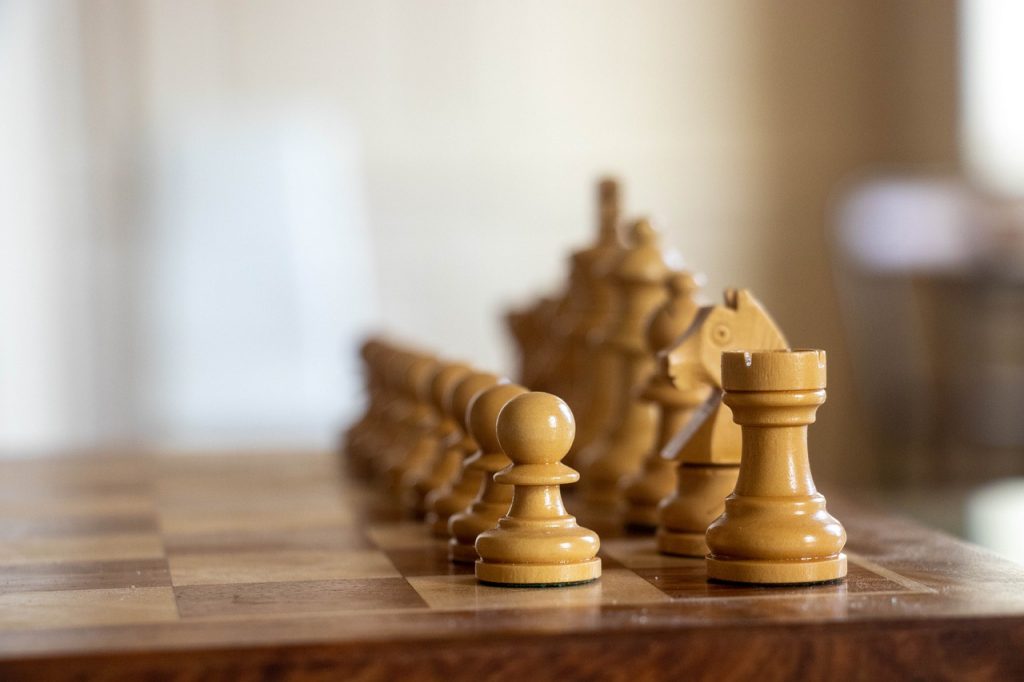Table of Contents
7 Imperative positional chess concepts
The positional chess concepts are something that we can’t stop studying in chess. These are the key ideas that make the process of thinking a lot easier in chess.
They give us simple tricks and pre-determined plans to follow in certain positions. They were created by the masters that have learned from their previous experience of the game.
They have left this knowledge for us, the new generation of chess players, to study them and improve them. This is how chess has evolved a lot over the years, and the reason the game is what it is nowadays.
The problem is, there is a huge amount of information, for us to get better at chess is important to know how to organize it. We will go over concepts about purely positional chess to improve your game.
Prioritize the king’s security
The first concept, and the most important, even if it is the most repetitive one. The king’s security is key, and no more factors in the chess position are going to be more important than this one.
How important could the material be if the king is going to get checkmated in three moves?
This is why castling is one of the main principles of the opening, you always need to keep the king secure, out of the center. Of course, there are exceptions, there is no problem to leave the king in the center if there are no threats, which is a positional chess main concept.
But checking this will take you some calculation, if you don’t want to spend time calculating, you can go the normal way and castle as soon as possible.
Space is everything in the opening
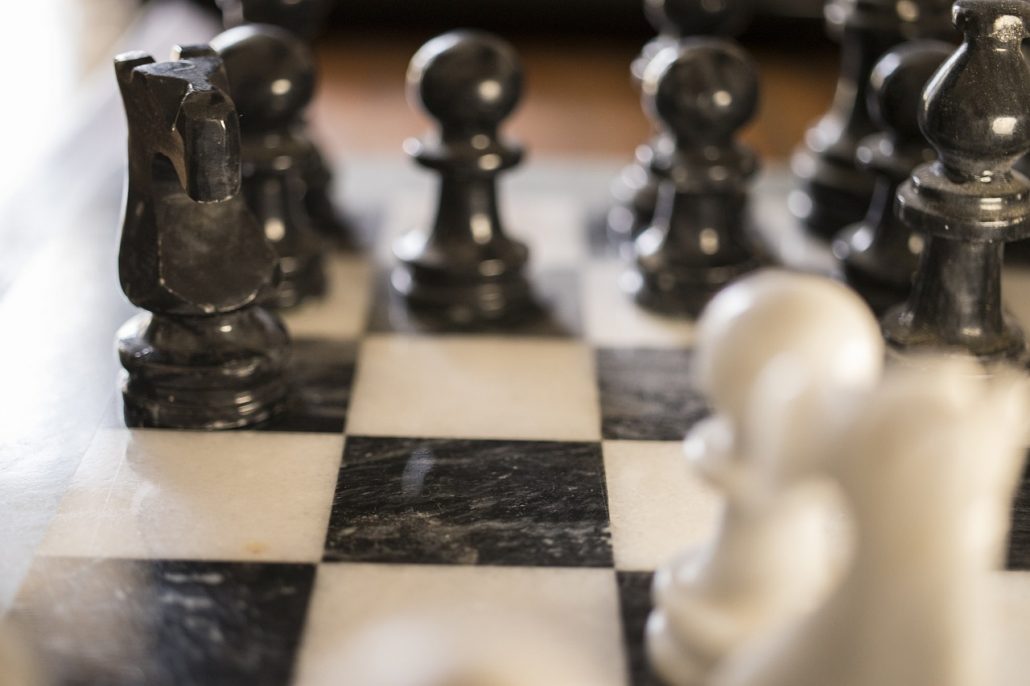
The opening space is a lot important, and normally, the one who takes more space in the opening wins the advantage. This is a huge factor to compare to the piece development because space affects piece activity.
You will have nothing if you develop all of your pieces while your opponent gets a lot of space in the opening. It’s very common to see players rushing for development just to realize their opponent has taken half of the board.
So now you will have to regroup your pieces and re-develop them by maneuvering them to better places. There must be a balance between these two factors, depending on the type of position you have.
Try to win space while at the same time developing your pieces, and also restrict your opponent’s development.
Piece activity will take care of the middle-game
Piece activity is the most important factor of chess in the middle game, or at least this is the case of the majority of the game. There must be a good balance between these two factors, again, everything is about analyzing the factors.
Piece activity is the foundation to chess plans0 flexibility in chess, which is a good type of advantage. This is why you must not define your plans in the opening.
A pretty simple, yet effective approach is to emphasize your opening game in the development of pieces and security of your king. Having good development is the first step into planning, then define a plan, following the possibilities you have on board.
You will also save a lot of brainpower calculating variations at the beginning of the game.
Define the most and least important on the position
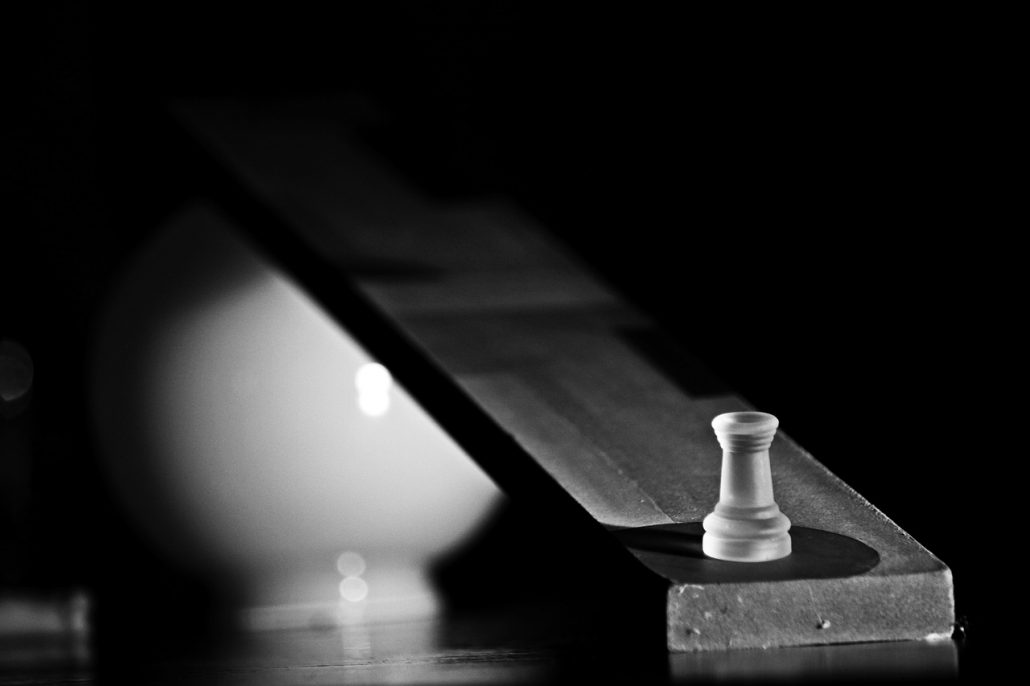
There will be various characteristics that will define the nature of the position. Normally these factors are pawn structure, weaknesses, king’s insecurity or even an open file, and etcetera.
Define what is the most relevant of these factors, for you and your opponent is part of the positional chess approach. This way you know what you have to prevent and what you have to achieve in the position. This is a good way to obtain a plan out of nowhere, this is called analysis.
The center is key
Playing in the center will always give you the advantage, or at least, the most active pieces. Aim all of your pieces to the center and try your best to prevent your opponents to be in the central squares.
There are some openings in which you allow your opponent to occupy the center and then counterattack it. This is the case of Alekhine’s defense, for example.
I recommend you don’t complicate yourself with these variations, or at least if you will study the theory carefully.
Listen to the pawns
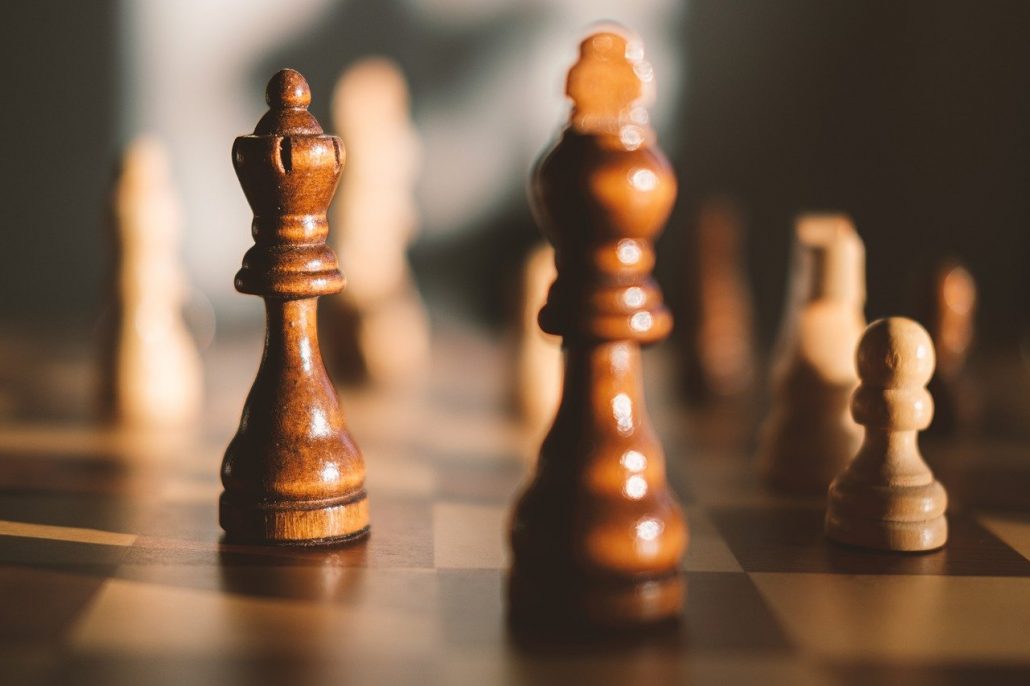
The pawns will tell you everything! They are the soul of chess, the pawn structure is extremely important, and you should always pay attention to it.
The pawn structure is a positional chess factor that every time it changes produces savage changes in the position. Knowing how to play with certain pawn structures is part of studying the chess theory.
The way I like to call this is knowing the practical ideas of certain positions, which also improves your positional chess skills.
Spot the weak squares
A weak square is that square in which you can place a piece, a knight for example, without having a pawn to defend it. If there is not a pawn to defend that square, then it can be called a weak square.
This is why we are told not to move so many pawns in the opening because every time the pawn advances it creates different weaknesses.
You have to provoke your opponent to advance his pawns so he weakens the square that you will seize.
Prevent your opponent’s plan
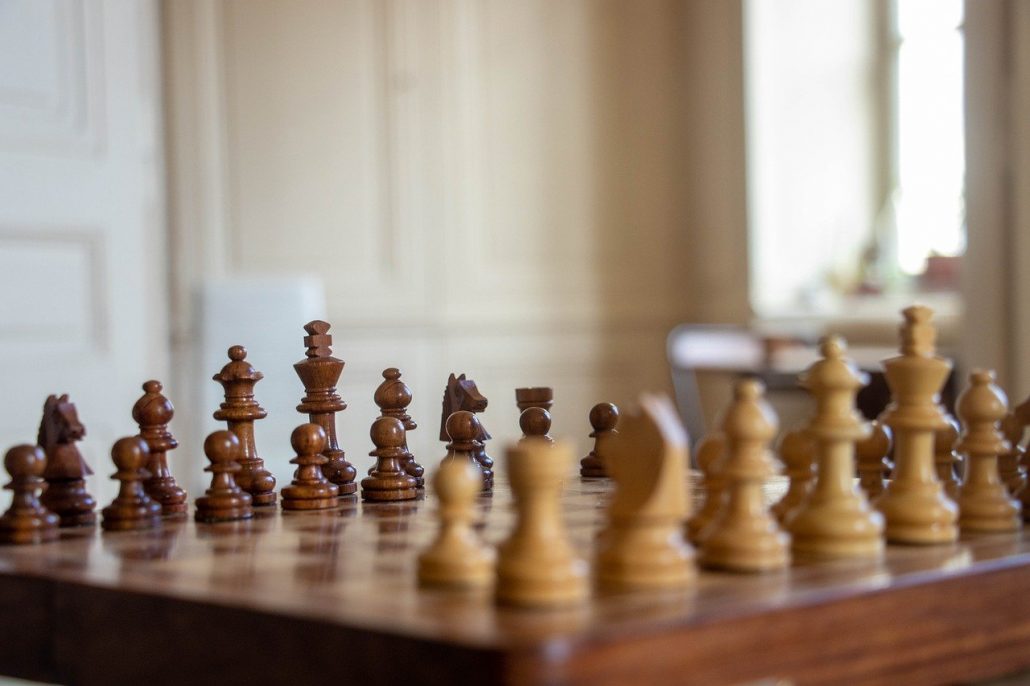
This is a key concept called prophylaxis and is one of the most important positional chess concepts that you can learn. Knowing how to properly prevent your opponent’s plan before starting yours is an art and a beauty.
Put in your opponent’s shoes and ask yourself “what would I do here” and spot the best plan for the contrary. You are thinking what your opponent thinks to sabotage him, it’s brilliant!
You may also like:
How to Determine Your Child’s Chess level
7 Things to Consider Before You Let Your Child Play Chess Online

